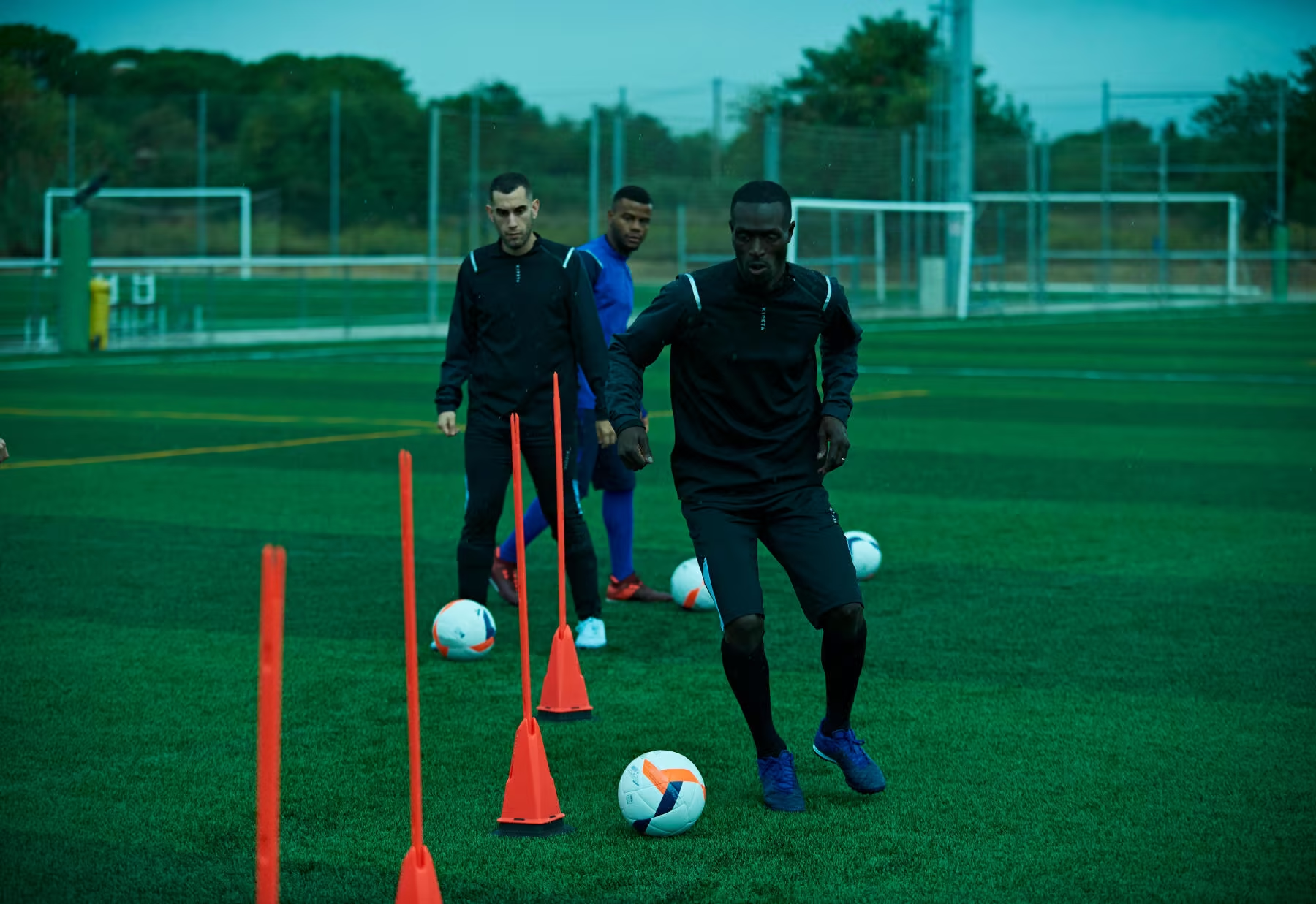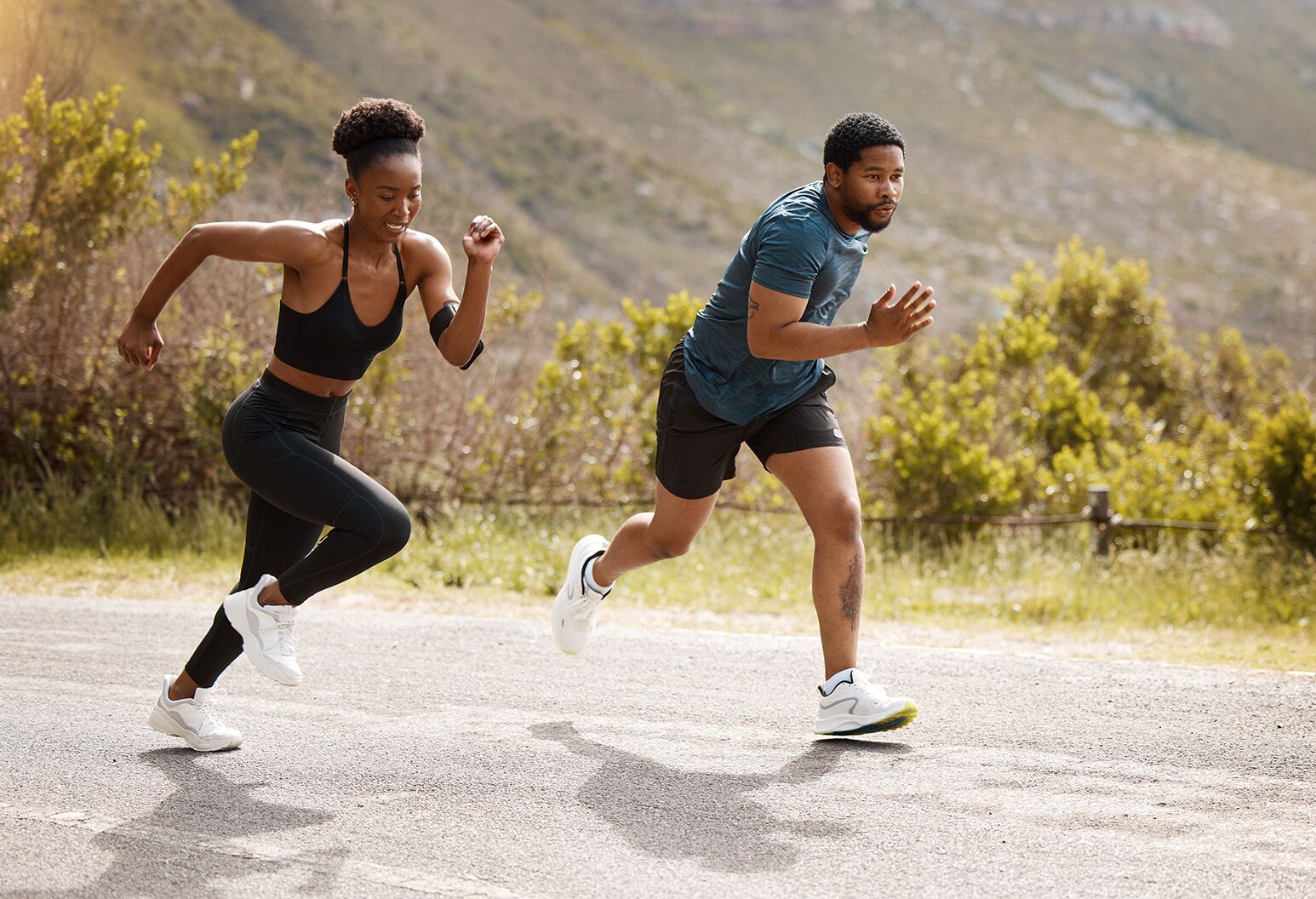Individual fitness training is essential for football players who want to improve their performance and reduce the risk of injuries. Creating a personalized training plan allows you to focus on your specific needs and goals, enhancing your skills on the field. By understanding the fundamentals of fitness, you can develop strength, speed, and endurance, which are crucial to becoming a better player.
Incorporating a mix of physical exercises and mental training will help you make quick decisions during games. Tailoring your training routine ensures that you build the necessary attributes for your playing position. Additionally, optimizing recovery practices supports your body in adapting and growing stronger after each training session.
By dedicating time to individual training, you set yourself apart from other players and increase your chances of success in football. Embracing a well-rounded approach to fitness not only improves your athletic ability but also boosts your confidence and enjoyment of the game.
Key Takeaways
- Personalized training plans boost performance and meet specific player needs.
- Combining physical and mental training enhances decision-making skills on the field.
- Optimizing recovery is crucial for injury prevention and long-term development.
Fundamentals of Fitness in Football
Fitness is essential for football players. It involves stamina, muscular strength, and core stability. Each of these elements plays a critical role in achieving peak performance on the field.
The Role of Stamina and Endurance
Stamina and endurance are crucial for football players. These qualities allow you to perform at a high level during a 90-minute match.
To develop stamina, focus on aerobic training. Activities like long-distance running and cycling improve your cardiovascular health. This training helps your body deliver oxygen efficiently to your muscles.
Incorporate interval training to enhance endurance. Alternate between high-intensity bursts and lower-intensity recovery periods. This method replicates the stop-and-go nature of football.
Consider tracking your progress. Use a heart rate monitor to ensure you are training within your target zone. This will keep you focused on building your endurance effectively.
Building Muscular Strength
Muscular strength is essential for football performance. It helps you tackle opponents and maintain control of the ball.
Focus on strength training exercises like squats, lunges, and bench presses. These exercises target the major muscle groups used in football.
Aim to perform strength training at least two to three times per week. Use weights that challenge you, ensuring good form to prevent injury.
In addition to traditional weightlifting, include bodyweight exercises. Movements like push-ups and planks build strength and stability without equipment.
Core Strength and Stability
Core strength is vital for balance and stability on the field. A strong core helps you maintain control while running, turning, and tackling.
Incorporate exercises like planks, Russian twists, and medicine ball throws into your routine. These movements engage your abdominal and back muscles, improving overall core strength.
Stability exercises, such as single-leg stands or balance board work, enhance your body’s ability to control movements. This is especially important during quick changes of direction.
Combine core training with your other fitness routines. This will provide a well-rounded approach to your overall strength and stability as a football player.
Essential Training Techniques
To become a better football player, you need to focus on specific training techniques. These techniques aim to boost your speed, agility, explosive power, and flexibility. By incorporating these aspects into your routine, you will enhance your on-field performance.
Incorporating Speed and Agility Drills
Speed and agility are crucial for football players. Agility drills improve your ability to change direction quickly. Some effective drills include:
- Cone Drills: Set up cones in various patterns. Sprint to each cone and change direction rapidly.
- Ladders: Use an agility ladder to perform quick footwork drills. This helps improve foot speed and coordination.
- Shuttle Runs: This exercise involves sprinting back and forth between two points. It builds speed and endurance.
Aim for 20 to 30 minutes in each training session to see improvements. Focus on maintaining proper form to prevent injuries.
Developing Explosive Power with Plyometrics
Plyometric exercises help you develop explosive power. This type of training makes you more effective during sprints and jumps. Key plyometric exercises include:
- Box Jumps: Jump onto a sturdy box or platform to build leg strength and explosive power.
- Depth Jumps: Step off a box and jump back up as quickly as possible. This enhances reaction time and strength.
- Broad Jumps: Perform long jumps to improve overall leg power.
Incorporate these exercises into your routine at least twice a week. Start with lower intensity and gradually increase as you gain strength.
Flexibility and Balance Training
Flexibility and balance are essential for injury prevention and peak performance. You should engage in flexibility training regularly. Effective methods involve:
- Static Stretching: Hold stretches for major muscle groups. Focus on legs, hips, and back areas.
- Dynamic Stretching: Perform movements that gradually increase your range of motion before training.
- Balance Exercises: Use one leg for standing exercises or practice stability on a balance board.
Devote 15 to 20 minutes to flexibility and balance exercises daily. This practice enhances your athletic ability while reducing the risk of injuries.
Tailoring the Training Plan
To create an effective training plan for football players, it’s essential to customize workouts based on specific positions and individual needs. Addressing these factors maximizes both performance and growth.
Customizing Workouts for Position-Specific Demands
Each football position has unique physical requirements. For example, forwards need speed and agility, while defenders benefit from strength and endurance.
- Forwards: Focus on sprinting drills and quick footwork exercises. Include plyometric jumps to enhance explosiveness.
- Midfielders: Train for endurance with longer runs and incorporation of interval training. This helps maintain energy for both offense and defense.
- Defenders: Emphasize strength training with exercises like squats and lunges. Stability drills are vital for maintaining balance during tackles.
Customizing workouts ensures that athletes develop the skills necessary for their roles on the team.
Adjusting for Individual Needs and Goals
Each player brings different abilities and objectives to the field. Understanding these individual needs is key to creating a successful training routine.
- Skill Assessment: Evaluate each player’s current skills through fitness tests. Consider their speed, agility, and strength levels.
- Setting Goals: Work with players to establish short-term and long-term fitness goals. Whether it’s increasing sprint speed or improving stamina, these targets help focus training efforts.
- Flexible Plans: Maintain flexibility in training plans. Adjust based on progress and any injuries that may occur during the season.
By recognizing individual needs and goals, you can create a tailored training plan that promotes consistent improvement and performance on the field.
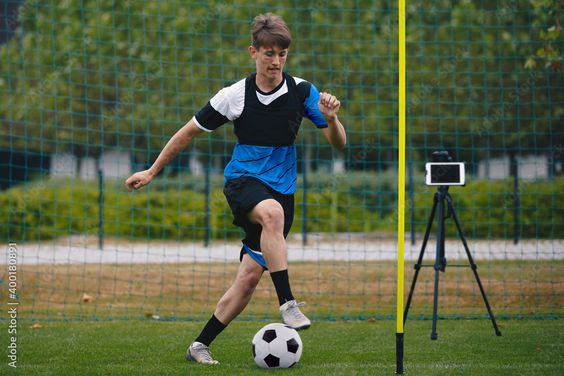
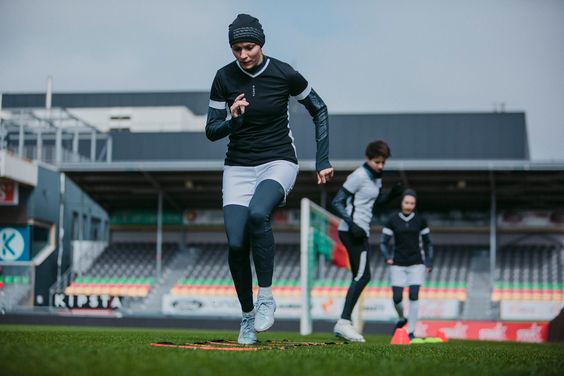
Integrating Mental Training and Decision-Making
Mental training is essential for football players. It can significantly enhance your performance by developing mental toughness and improving decision-making skills on the field. Using these strategies will prepare you for the pressures of competitive play.
Enhancing Mental Toughness
Mental toughness enables you to cope with challenges effectively. It helps you stay focused and resilient during tough matches. To develop this skill, consider the following methods:
- Visualization: Picture yourself succeeding in various game scenarios. This technique boosts your confidence and prepares you for real moments on the field.
- Mindfulness: Practice being present during training and matches. It increases your awareness and reduces anxiety.
- Positive Self-Talk: Replace negative thoughts with encouraging phrases. This builds a stronger mindset, enabling you to tackle challenges without doubt.
Training consistently in these areas will make you mentally tougher, allowing you to face adversities with confidence.
Improving Decision-Making Skills on the Field
Good decision-making is crucial in football. You need to assess your options quickly and choose the best action. Here are effective ways to enhance this skill:
- Game Simulations: Engage in drills that mimic game situations. These scenarios force you to make quick decisions and analyze your options under pressure.
- Video Analysis: Watch game footage of yourself and professional players. Pay attention to their choices and the outcomes to understand effective decision-making.
- Cognitive Training: Participate in exercises that improve focus and processing speed. Tools like brain endurance training can enhance your cognitive resilience.
By developing these skills, you’ll become quicker and more effective at making decisions during games, contributing to your overall success on the field.
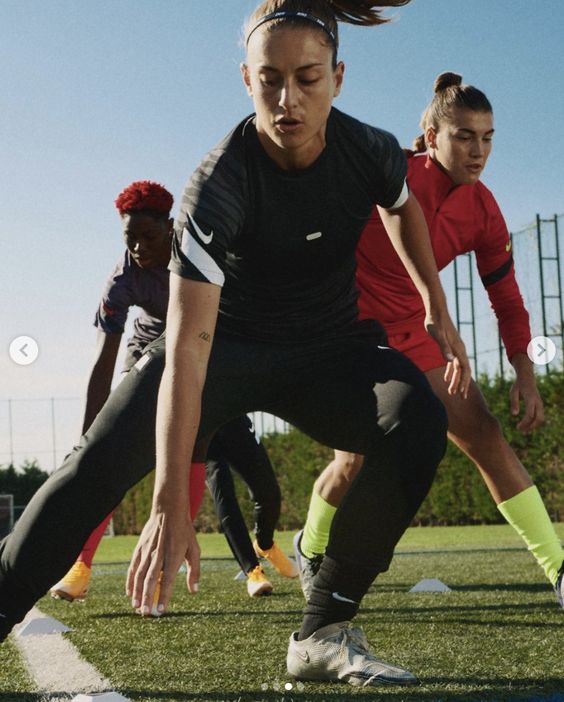
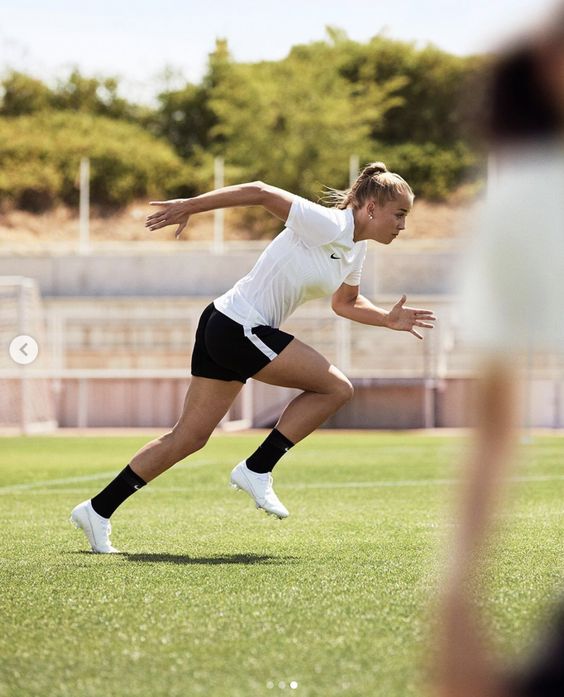
Optimizing Recovery and Preventing Injuries
To perform at your best, prioritizing recovery and preventing injuries is crucial. This involves integrating active recovery practices and specific injury prevention strategies into your routine.
Active Recovery Practices
Active recovery is essential for football players. It helps your body heal and reduces the risk of injuries.
Incorporate low-intensity exercises like walking, cycling, or swimming into your routine. These activities promote blood flow, which helps deliver nutrients to muscles, aiding recovery.
Stretching is also important. Focus on dynamic stretches after workouts to maintain flexibility.
Implementing foam rolling can alleviate muscle tightness. Spend 10-15 minutes daily using a foam roller on major muscle groups to reduce soreness.
Finally, consider yoga. It enhances flexibility, balance, and core strength, which are vital in football. Aim for one session a week to complement your training.
Injury Prevention Strategies
Injury prevention starts with understanding common risks in football. Focus on specific strategies to keep yourself safe.
Strength training is crucial. Target muscles used in football, such as the hamstrings, quads, and calves. Exercises like lunges, squats, and leg presses can help.
Incorporate plyometrics to improve explosiveness. These drills enhance your ability to jump and sprint, reducing injury risk during dynamic movements.
Always warm up before training. A proper warm-up increases blood flow and makes muscles more flexible.
Finally, pay attention to your body. Identify signs of fatigue or pain early. Adjust your training schedule to include rest days when needed.
Frequently Asked Questions
Improving your fitness as a football player requires a blend of exercises and training techniques. You can design a program that fits your needs and schedule, even when training independently. Here are some common questions and answers that can guide you in your fitness journey.
How can a football player improve physical fitness independently?
To enhance your fitness on your own, focus on strength training, conditioning, and flexibility. Exercises like squats, lunges, and push-ups build strength. Include running or cycling to boost your endurance. Don’t forget to add dynamic stretches to improve flexibility.
What does an effective individual fitness program for football players entail?
An effective program should include strength training, cardio, and agility drills. Aim for a mix of lifting weights and functional movements to build power. Cardiovascular fitness is crucial, so prioritize interval training and longer runs to improve endurance.
What are the best drills for football players to maintain fitness without a ball?
You can perform various drills without a ball. Sprinting drills, such as shuttle runs and hill sprints, help maintain speed. Agility drills like ladder exercises or cone drills enhance footwork and quickness. Bodyweight exercises, including planks and burpees, also boost fitness effectively.
Can a footballer effectively train their fitness from home, and how?
Yes, you can effectively train at home with minimal equipment. Use bodyweight exercises for strength and endurance. Resistance bands or dumbbells can add variety. Incorporate circuit training to keep your heart rate up and use online resources for guidance on structure and technique.
What is included in a typical 4-week fitness training program for football players?
A typical 4-week program includes a mix of strength, cardio, and rest days. For instance, schedule strength training 3 days a week, cardio on alternate days, and include one full rest day. Track your progress weekly to ensure you are improving and adjusting your goals.
Are personal trainers commonly used by football players for individual training?
Many football players find personal trainers helpful for individual training. Trainers can provide tailored programs, ensuring you stay focused on goals. They also offer motivation and expertise, which can lead to better results during training.
